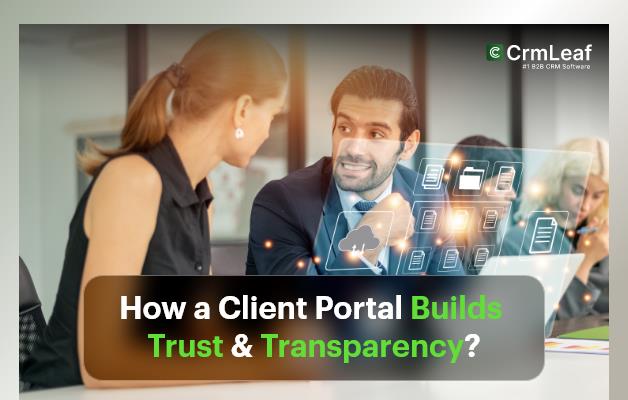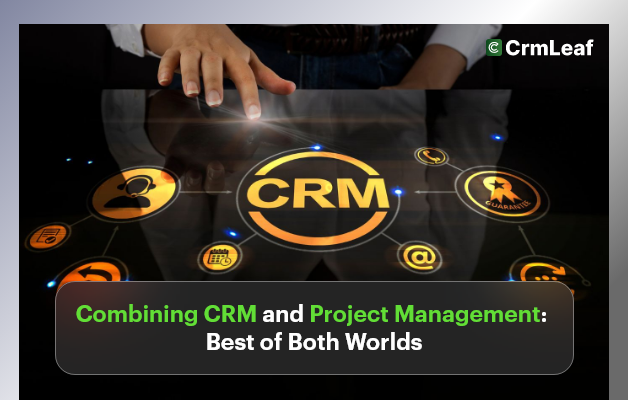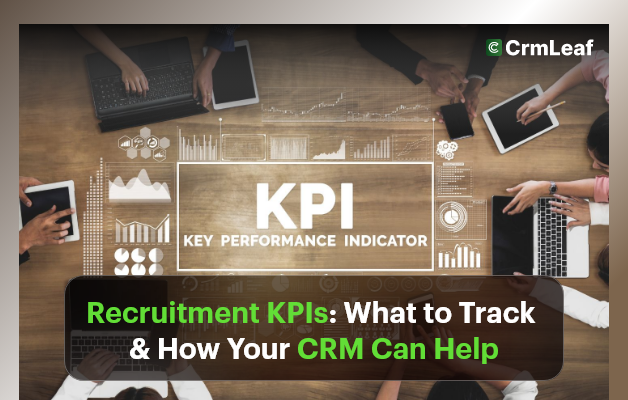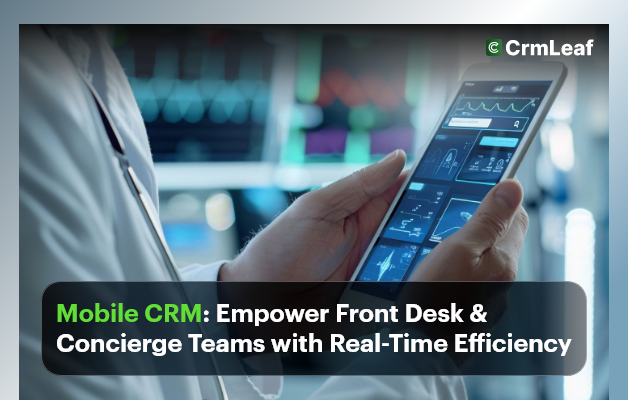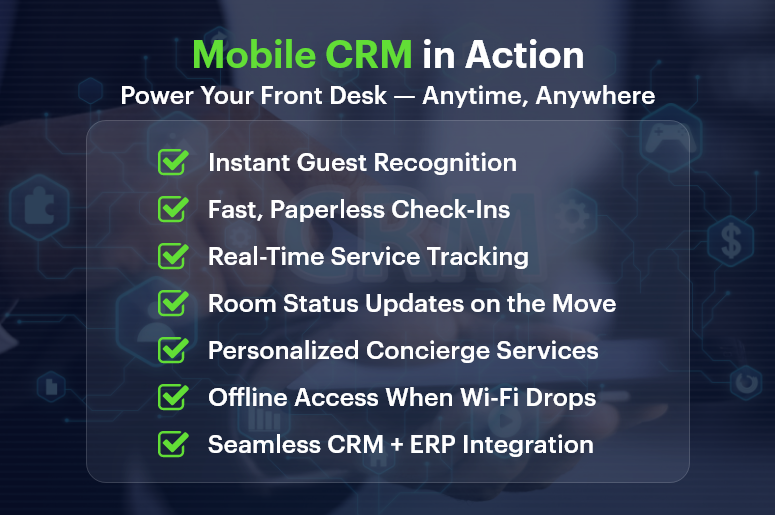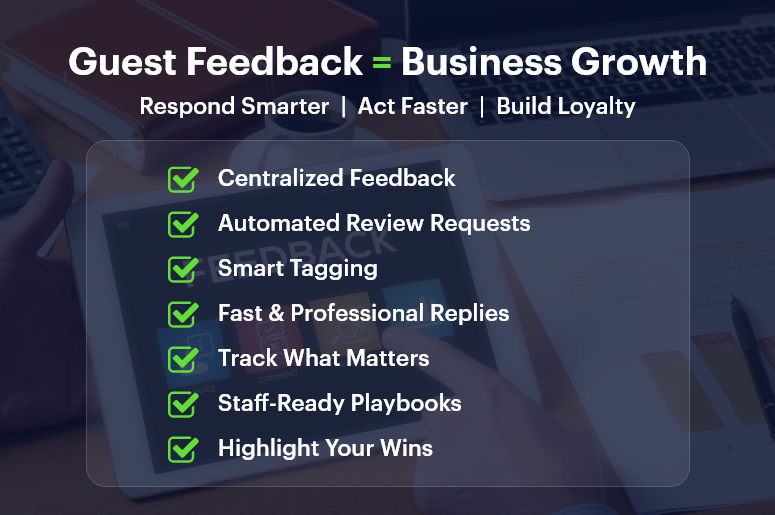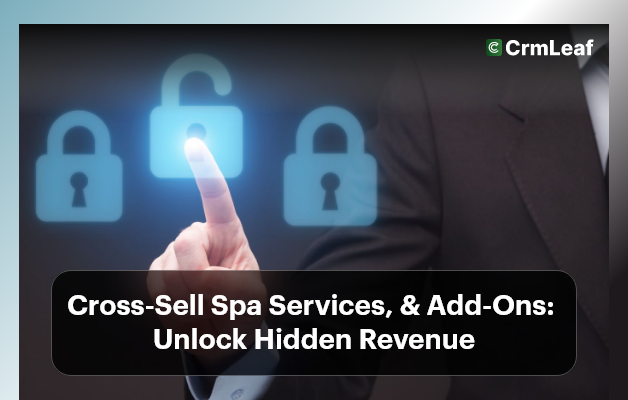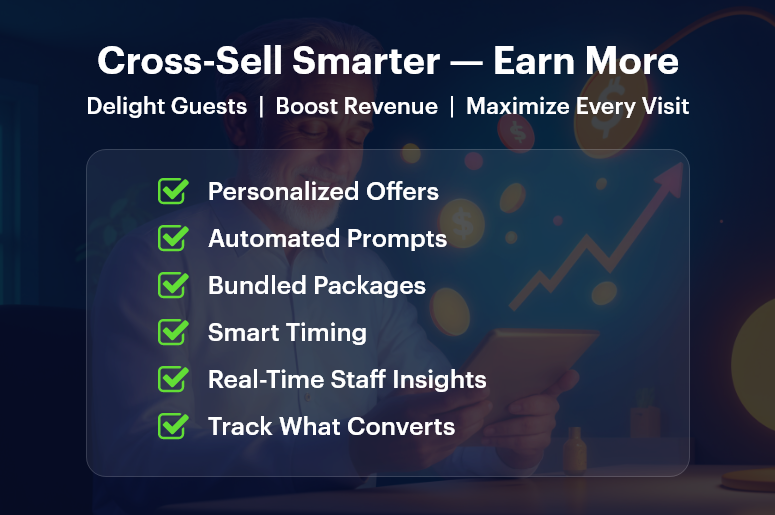In today’s fast-paced business world, trust and transparency are non-negotiable. As small and mid-sized businesses grow, building strong relationships with customers becomes more crucial than ever. But how can you ensure that clients feel confident in your services? The answer lies in leveraging client portals. A portal is a secure online space that enables businesses to share important data, track progress, and foster transparency with customers in real time.
This blog post will explore how integrating a portal within your CRM system can transform your customer relationships, boost collaboration, and build lasting trust. If you’re a business owner, operations manager, or HR professional looking to streamline communication and improve client relationships, read on.
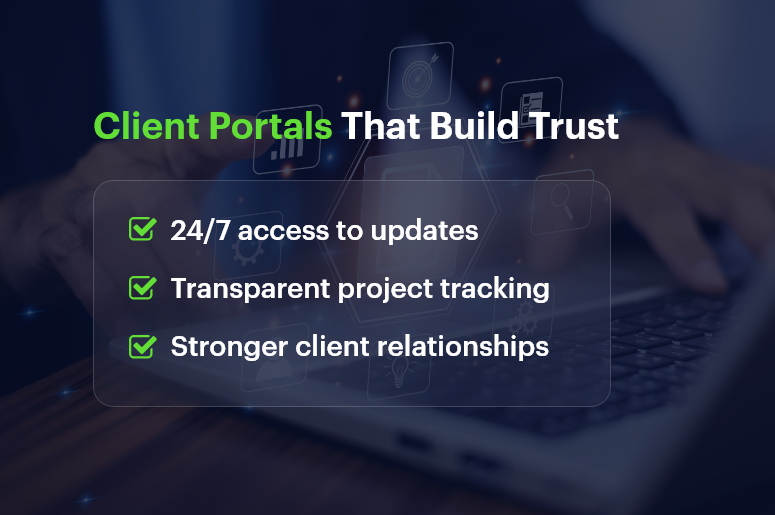
Why a Portal Matters for Growing Businesses
In a world where customer expectations are higher than ever, trust-building is essential for long-term success.
Businesses today are expected to be more transparent and accessible, especially when handling sensitive information, contracts, or project updates. Here’s why a portal matters:
- Instant Access to Information: Clients expect real-time access to important updates, reports, and project statuses. A portal ensures that they can easily access the information they need without having to reach out for it.
- Improved Communication: Transparency fosters trust. A portal allows clients to see the progress of their projects, track any issues, and even communicate directly with team members. This constant flow of information builds stronger relationships.
- Data Security: In an age of increasing cybersecurity concerns, having a portal guarantees that sensitive information is shared in a secure, private environment. Your clients will appreciate knowing that their data is protected.
Best Practices for Building Trust and Transparency with a Portal
1. Provide Real-Time Updates
The power of a client portal lies in its ability to provide customers with real-time access to key information. Whether you’re updating them on project progress, financial reports, or deliverable timelines, transparency should be a top priority.
Best Practice Tip: Always make sure that updates are timely and accurate. Use the portal to send automated notifications and reminders about important dates or changes.
2. Implement Robust Communication Features
Clear communication is key to trust. A portal should allow for seamless two-way communication. This means not just allowing clients to view information but also giving them the opportunity to ask questions, provide feedback, or even request changes.
Best Practice Tip: Integrate messaging, chat support, or even task-specific commenting options in the client portal. This will ensure that clients feel heard and engaged.
3. Ensure Easy Access to Documentation
Clients often need access to contracts, invoices, project deliverables, and other key documents. By integrating these resources into your portal, you not only save time but also reduce the risk of miscommunication or misplaced information.
Best Practice Tip: Make documents easy to find and download. Organize them into folders or categories for quick access.
4. Offer Customizable Dashboards
A client portal can be a one-stop shop for all your client’s needs, but it’s important to offer customization options. Some clients may want to see specific reports, while others might focus on different metrics. A customizable dashboard enhances the user experience, making it easy for clients to monitor what’s important to them.
Best Practice Tip: Allow clients to adjust their views based on their preferences. This personalized experience will further build their trust.
5. Demonstrate Transparency through Analytics
Transparency isn’t just about sharing information; it’s about offering clients insights into how their data is used, tracked, and managed. By showing clear, actionable analytics in your portal, you build trust through the data itself.
Best Practice Tip: Include features like progress tracking, goal achievement percentages, and performance metrics within the portal. This level of transparency is not only expected but also appreciated by clients.
Customer Success Story
For example, a growing marketing agency, used CRMLeaf’s client portal to streamline client communications.
By integrating automated reporting and progress updates, the agency was able to increase client satisfaction by 25% within six months. Clients appreciated the transparency in tracking their projects, which led to a 30% increase in repeat business.
Key Takeaways
- A client portal enhances trust by providing real-time access to information and data.
- Communication is central to transparency. Implement messaging or chat features in your portal to keep clients informed.
- Security is paramount. Make sure your portal offers robust data protection to reassure clients that their information is safe.
- Customizable dashboards and analytics further foster trust by letting clients tailor the portal experience to their needs.
By integrating a portal into your CRM platform, you create a seamless, transparent experience that builds long-term relationships based on trust.
Closing Thoughts
Transparency and trust are at the core of every successful business relationship. A client portal is one of the most effective tools you can leverage to strengthen these bonds. By offering real-time updates, secure communication channels, and easy access to important information, you show your clients that you’re committed to their success.
Ready to see how CRMLeaf can help you build stronger, more transparent relationships with your clients? Start a free trial today and experience the difference.
